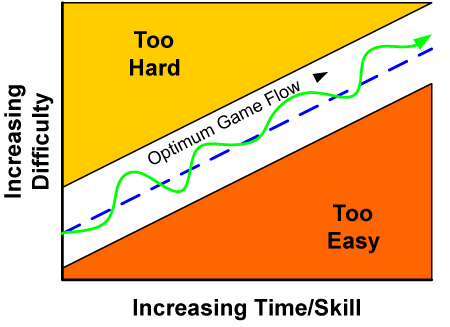According to Wordpress's Daily Post (I know I'm running pretty late on the zero to hero challenge!), my thoughts are worth at least a penny so... let's get to putting them out there!
Seeing as the idea of this blog, or at least it's main focus, is to get my ideas about gamification on the public ear (kind of a journal about my learning process on all that is gamification), I think I should probably start by defining what it is. At least for me.
So, after careful consideration and some shame-faced copy/paste, I came to this definition:
"gamification is the use of game design elements and techniques in non-gaming contexts to drive user engagement"
Basically this definition extends on Kevin Werbach's, as given in his highly successful MOOC "Gamification", with a particular focus on the "what for?", and that is to driving user engagement.
What this means is that a lot of people have looked at games, and more recently at video games, and analysed them in order to understand what design elements and techniques turned them into such powerful drivers for user engagement. I think Jane McGonigal explains that analysis like no other, you should definitely take the time and watch the 4 minutes below.
After this it's hard to deny that games are a force that could and should be leveraged in other contexts. Stripping them down to their basics, you have elements like experience points and milestone achievements that translate to progression to mastery and feedback/reward mechanisms, as well as several forms of activity loops, or engagement loops, that can be abstracted out of the gaming context and applied to a non-game context in order to get results similar to those they'd have in the games themselves.
So, back to the definition I proposed in the beginning of this post, is it generic enough? Or is for example Gabe Zichermann's focus on problem solving the right approach to targeting the "why"? Is user engagement too narrow a focus?
What I've found out by discussing this in community forums, is that the main goal of any gamification effort is indeed to get users more engaged and to get them to achieve a given set of objectives. No matter what train of thought each opinion took, that aspect was almost always present.
One could argue that objectives such as learning a trade, particularly when enterprises are the case, are the true goals of the gamified process. And that's true, regarding the targeted process. However what gamification itself does is to make the achievement of such objectives more appealing, more engaging. It keeps users on the path to achieve those objectives by keeping them motivated, evolving along with user progression and shortening the time-cost for the process in question. Even if that cost is just psychological.

In fact, what user engagement does is precisely that: it shortens the psychological time-cost of the gamified process. This is akin to the state of flow developed by Mihaly Csikszentmihalyi, where for example a writer forgets the world around him when he is this "productivity heightened state", aka "in the zone".
So, in conclusion, one might say that gamification's goal is to get users "in the zone". How? By using proven elements and design techniques taken from games in order to drive user engagement.



0 comments:
Post a Comment